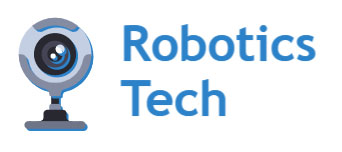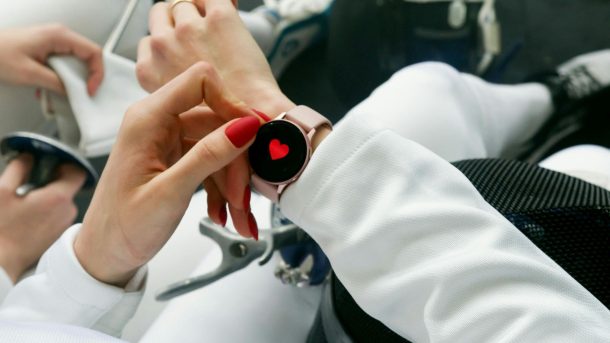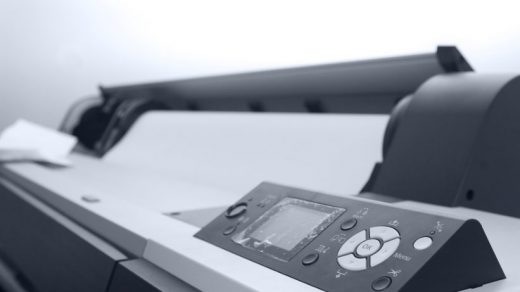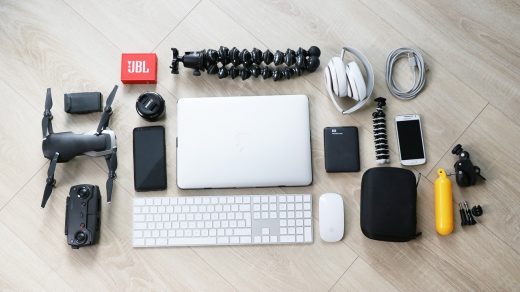The modern era has ushered in an unprecedented fusion of health monitoring and productivity enhancement through smart wearables to keep you healthy and productive. These devices have evolved far beyond simple step counters, now offering comprehensive insights into physiological states, cognitive performance, and behavioral patterns.
According to the World Health Organization, regular physical activity and health monitoring significantly reduce chronic disease risk, making wearables valuable tools for preventive care. Today’s wearables seamlessly integrate vital sign tracking, productivity features, and AI-powered analytics to create a holistic approach to wellbeing and performance optimization.
The Wearables Landscape: Types & Trends in 2025
The wearable technology ecosystem has expanded dramatically, encompassing diverse form factors designed for different use cases and preferences. Current trends emphasize miniaturization, extended battery life, and multi-modal sensing capabilities that deliver actionable insights without compromising comfort or convenience.
Device categories: smartwatches, rings, patches, smart clothing & earbuds
| Device Type | Form Factor | Battery Life | Sensor Capacity | Usability |
|---|---|---|---|---|
| Smartwatches | Wrist-mounted, 40-50mm | 1-7 days | High (10+ sensors) | Excellent screen, notifications |
| Smart Rings | Finger-mounted, 7-12mm | 4-7 days | Medium (5-8 sensors) | Discreet, always-on tracking |
| Health Patches | Adhesive, chest/arm | 7-14 days | Focused (3-5 sensors) | Medical-grade accuracy |
| Smart Clothing | Integrated textiles | Varies (washable) | Medium (embedded) | Natural wear, large surface |
| Smart Earbuds | In-ear, compact | 5-8 hours + case | Low (2-4 sensors) | Audio + basic biometrics |
Smartwatches dominate the market with comprehensive feature sets including displays, apps, and communication capabilities. Smart rings offer minimalist alternatives for users seeking non-intrusive continuous monitoring. Health patches provide clinical-grade tracking for specific conditions, while smart clothing integrates sensors directly into fabrics for natural biomechanical monitoring. Smart earbuds combine audio functionality with basic health metrics like heart rate and temperature.
Emerging directions: AI integration, predictive analytics & hybrid designs
Artificial intelligence has transformed wearables from passive data collectors into proactive health assistants. Modern devices employ on-device machine learning to analyze patterns, predict potential health events, and deliver personalized recommendations. Predictive analytics now forecast illness onset, stress peaks, and optimal performance windows based on historical trends and real-time data.
Sensor fusion combines multiple data streams—accelerometer, heart rate, temperature, skin conductance—to derive higher-order insights like stress levels, recovery status, and cognitive load. Research published by Nature demonstrates that multi-sensor approaches significantly improve prediction accuracy compared to single-metric tracking. Hybrid designs blur traditional boundaries, creating devices that function equally well for athletic training, workplace productivity, and clinical monitoring.
Health + productivity convergence: how devices straddle both domains
Contemporary wearables recognize that health and productivity are interconnected rather than separate domains:
- Contextual notifications filter alerts based on activity state, stress levels, and calendar commitments
- Focus mode integration automatically silences distractions during deep work periods detected through physiological markers
- Energy management alerts suggest optimal times for challenging tasks based on circadian rhythms and recovery metrics
- Meeting preparation reminders triggered by calendar events combined with stress reduction breathing exercises
- Sedentary behavior interruption prompting movement breaks during extended desk work
- Sleep-wake optimization adjusting alarm times to natural sleep cycle phases for improved morning alertness
Core Sensors & Metrics That Matter for Health & Productivity
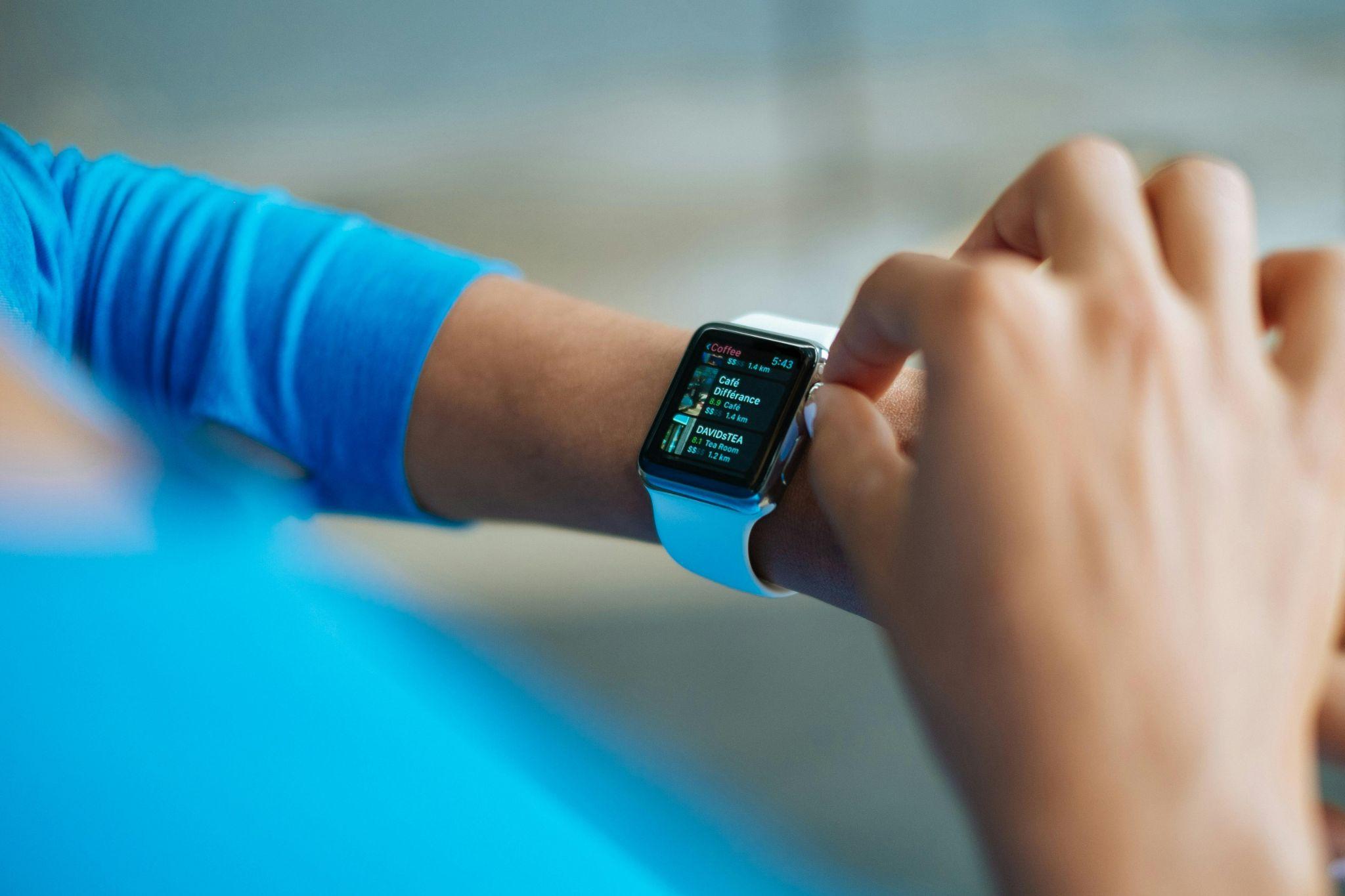
Understanding which sensors deliver meaningful insights versus marketing hype helps users select devices aligned with actual needs. Sensor quality, measurement frequency, and data interpretation algorithms matter more than sheer sensor quantity.
Vital sign tracking: heart rate, HRV, SpO₂, temperature
| Metric | Health Relevance | Productivity Relevance |
|---|---|---|
| Heart Rate | Cardiovascular fitness, exertion levels | Stress detection, cognitive load indicators |
| HRV (Heart Rate Variability) | Autonomic nervous system balance, recovery | Readiness for demanding tasks, burnout prevention |
| SpO₂ (Blood Oxygen) | Respiratory function, altitude adaptation | Mental clarity, fatigue detection |
| Core Temperature | Infection detection, circadian rhythm | Optimal performance windows, alertness patterns |
Heart rate variability emerges as particularly valuable, serving as a window into autonomic nervous system function that reflects both physical recovery and psychological stress. Higher HRV generally indicates better adaptability and readiness for challenges.
Sleep, recovery, and stress monitoring
| Sleep Metric | What It Reveals | Actionable Recommendation |
|---|---|---|
| Sleep Duration | Total rest time | Aim for 7-9 hours nightly |
| REM/Deep Sleep % | Restoration quality | Adjust bedtime, reduce alcohol |
| Sleep Latency | Time to fall asleep | Evaluate bedtime routine, stress |
| Awakenings | Sleep continuity | Check environment, anxiety levels |
| Recovery Score | Readiness composite | Adjust workout/work intensity |
Effective stress monitoring combines heart rate patterns, breathing rhythms, and skin conductance to identify acute stress episodes and chronic elevation trends. Wearables provide real-time feedback enabling immediate stress management interventions.
Activity, posture, and movement tracking
Essential movement tracking features include:
- Step counting with stride analysis for gait quality assessment
- Sedentary alerts customizable to work schedule and preferences
- Posture monitoring using accelerometer positioning to detect slouching
- Exercise auto-detection recognizing activity types without manual logging
- Active minutes tracking distinguishing light movement from vigorous activity
- Elevation gain monitoring for comprehensive activity profiles
Additional advanced sensors: ECG, blood pressure, glucose, skin conductance
- ECG (Electrocardiogram): Detects atrial fibrillation and rhythm irregularities; requires FDA clearance; valuable for cardiac monitoring but overkill for general users
- Blood Pressure: Challenges in accuracy on wrist-worn devices; useful for hypertension management when validated
- Continuous Glucose Monitoring: Revolutionary for diabetics; emerging interest for metabolic optimization in general population
- Skin Conductance: Highly responsive stress indicator; battery-intensive; excellent for anxiety management
Use Cases: Wearables That Enhance Health and Productivity Daily
Theoretical capabilities transform into practical value through specific use cases addressing real daily challenges.
Smart reminders, habit nudges & behavior change
- Hydration reminders triggered after detecting elevated heart rate or reduced HRV suggesting dehydration
- Posture correction prompts after 20 minutes of detected poor positioning
- Breathing exercise invitations when stress markers exceed personalized thresholds
- Stand and stretch alerts every 50 minutes during sedentary work periods
- Medication adherence notifications integrated with health tracking for chronic condition management
- Habit streak tracking rewarding consistency in targeted behaviors like morning walks or meditation
Optimizing focus, work cycles & rest phases
Wearables map individual ultradian rhythms—90-120 minute cycles of alertness and fatigue—enabling strategic task scheduling. Devices detect concentration levels through physiological stability markers, suggesting breaks before performance degrades. Recovery tracking guides whether to push through challenges or prioritize restoration, preventing burnout through data-informed decision-making.
Integrating with apps, calendars, and task tools
Modern wearables connect with productivity ecosystems through API integrations and automation platforms. Calendar synchronization enables context-aware notifications, while task management connections allow biometric-triggered reminders. Location-based triggers combine GPS with physiological states for intelligent prompts—suggesting coffee breaks near cafes when energy dips, or outdoor walks when stress rises.
Health early detection & long-term monitoring
Continuous monitoring establishes personal baselines making deviations meaningful. Elevated resting heart rates may signal oncoming illness days before symptoms appear. Trend analysis over months reveals gradual changes in cardiovascular fitness, sleep quality, or stress patterns, enabling proactive interventions before conditions become problematic.
How to Choose a Wearable That Aligns with Your Goals

Selecting appropriate devices requires clarity about priorities and realistic expectations about capabilities versus marketing claims.
Define your priority: health, productivity, or hybrid
- Health-focused users: Prioritize sensor accuracy, medical-grade certifications, comprehensive vital sign tracking
- Productivity-focused users: Emphasize notification management, calendar integration, battery life, distraction filtering
- Hybrid users: Seek balanced feature sets with strong app ecosystems and customization options
Battery life, form factor & comfort tradeoffs
Battery anxiety undermines adoption—devices requiring daily charging face lower compliance. Form factor dramatically affects wearing consistency; rings offer 24/7 comfort while smartwatches provide richer interfaces but may be removed during sleep. Weight, materials, and adjustability determine long-term comfort.
Data accuracy, interoperability & platform compatibility
Verify clinical validation for health metrics through published studies or regulatory approvals. Open APIs and standard export formats prevent data lock-in. Check compatibility with existing health platforms—Apple Health, Google Fit, medical records systems—ensuring insights flow where needed.
Privacy, security & local data control
Critical privacy considerations:
- End-to-end encryption for data transmission and cloud storage
- On-device processing options minimizing cloud dependency
- Transparent data sharing policies detailing third-party access
- User control mechanisms for deletion and export
- Anonymous aggregation practices if contributing to research databases
Top Wearables in 2025 Worth Exploring
Leading smartwatches & hybrid watches
Apple Watch Series 10 dominates with comprehensive health features, ECG capability, and seamless iOS integration. Garmin Fenix 8 excels for athletes prioritizing training metrics and multi-week battery life. Withings ScanWatch 2 offers hybrid analog aesthetics with medical-grade sensors for users wanting traditional watch appearance with smart functionality.
Smart rings & minimalist devices
Oura Ring Generation 4 provides accurate sleep tracking, temperature monitoring, and HRV analysis in a discreet titanium band. Circular Ring emphasizes actionable insights over raw data, with AI coaching integrated directly into the companion app for behavior change support.
Health patches, clothing & niche wearables
Abbott FreeStyle Libre continuous glucose monitors serve diabetics and biohackers tracking metabolic responses. Hexoskin smart shirts embed ECG and respiratory sensors for clinical-grade cardiopulmonary monitoring during exercise. Whoop 4.0 offers subscription-based strain and recovery tracking focused on optimizing training loads.
Best Practices to Maximize Benefit & Longevity
Purchasing devices represents only the starting point—sustained value requires intentional usage patterns and periodic optimization.
Meaningful metrics over vanity metrics
Focus on actionable indicators rather than vanity numbers. Resting heart rate trends matter more than daily step totals. Recovery scores guide training intensity better than calorie burn estimates. Context-aware interpretation prevents misreading data—elevated heart rate during presentations reflects stress, not poor cardiovascular health.
Calibrate, validate & cross-check data
Periodically compare wearable readings against clinical-grade devices—blood pressure cuffs, pulse oximeters, medical thermometers—to assess accuracy drift. Calibrate devices according to manufacturer guidelines, and recognize measurement limitations during specific activities or environmental conditions.
Iterate and refine your goals & alerts
Alert fatigue undermines value—ruthlessly prune unnecessary notifications. Adjust thresholds as fitness improves or stress patterns change. Evolve tracking priorities seasonally or as life circumstances shift, ensuring devices remain relevant rather than becoming ignored accessories.
Combine wearables with behavioral strategies
Devices provide feedback mechanisms, but sustainable change requires behavioral frameworks—habit stacking, environmental design, social support, professional guidance. Wearables amplify coaching effectiveness by providing objective progress tracking and accountability mechanisms, but cannot substitute for the human elements of motivation and support.
Challenges, Risks & Future Outlook
Despite tremendous potential, wearables face legitimate concerns around data accuracy variability, privacy vulnerabilities, and over-reliance on quantification. Users must balance technology assistance with intuitive body awareness, avoiding obsessive tracking that increases rather than reduces stress. Future development will likely emphasize non-invasive glucose monitoring, advanced hydration tracking, and mental health biomarkers while addressing persistent challenges in battery technology and sensor miniaturization. The most successful implementations will remain those recognizing wearables as tools augmenting—never replacing—human judgment, medical expertise, and holistic wellbeing practices.
